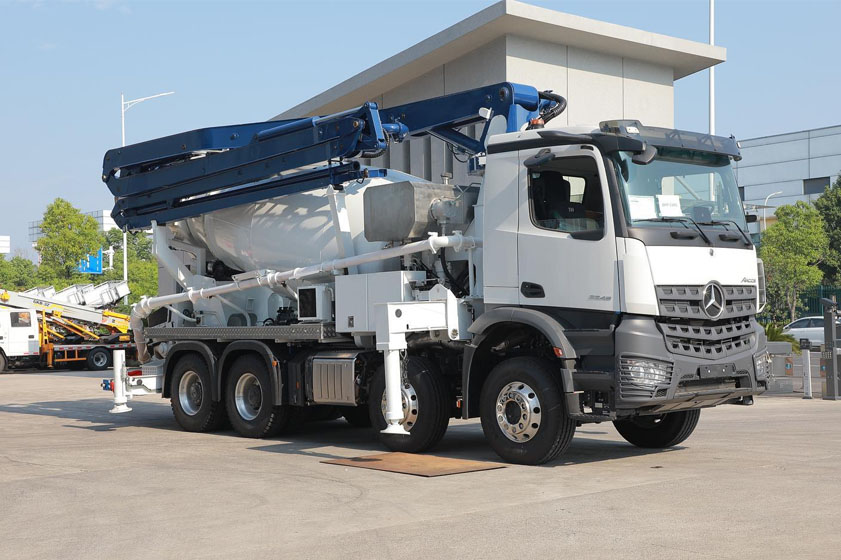News
About Concrete Mixer Truck
Jan. 15, 2025
Concrete mixer trucks are special vehicles for transporting concrete. We often see them shuttling through the streets of major cities. At the same time, people outside the industry are full of doubts about the concrete mixer trucks that are driving and turning at the same time. Today I will answer questions and solve doubts:
First of all, we need to understand some of its characteristics:
Hydraulic oil pressure, oil volume, oil quality, and oil temperature are strictly required, and no penetration can occur.
During the mixing transportation, its loading capacity is also quantitatively allocated according to its model and cannot exceed the standard.
When the mixer truck is parked in the open air, reverse the mixing drum before loading to remove the accumulated water and debris inside. Before loading, add water to the drum to prevent the feed from sticking to the drum.
During the driving of the mixer truck, the extended discharge trough must be turned over and fixed on the discharge trough, and then turned to a vertical position with itself, and fixed with a pin shaft and a frame to prevent accidents.
When the mixer truck passes through facilities such as bridge holes, pay attention to its height and width.
The continuous operation time of the mixer truck cannot exceed 8 hours.
The time for the mixer truck to transport concrete cannot exceed the specified time of the mixer truck to prevent the quality of the concrete from deteriorating.
The mixer truck cannot stop during the transportation of concrete to prevent the initial setting and segregation of the concrete.
When the mixing drum rotates from forward to reverse, the control handle must be placed in the middle position first, and then the control handle can be placed in the reverse position after the mixing drum stops.
The water tank should be filled as much as possible in case of emergency. When parking in winter, the water should be drained.
Therefore, the slow rotation of the mixing drum during concrete transportation can prevent the initial setting and segregation of concrete, thereby ensuring the quality of concrete.
About Us: JIUHE specializes in researching, manufacturing, selling, and after-sale construction machinery, main products: are trailer concrete pumps, concrete line pumps, concrete pump trucks, concrete placing booms, wet shotcrete machines, ladder lift trucks, Aerial lift trucks, so on. Contacts: [email protected], +86-18765912751








